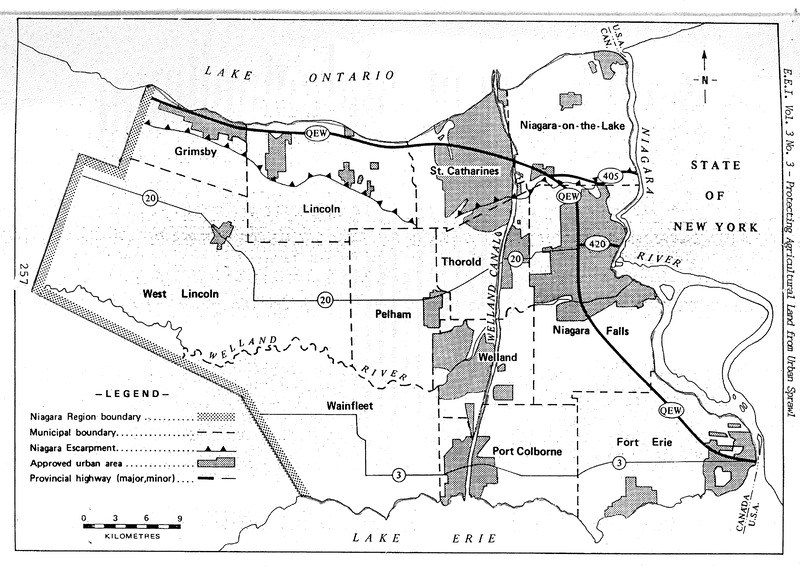Introduction
The Niagara region is rich in both natural features and historic sites. Niagara Falls is renowned for its waterfalls and the Niagara Escarpment is a UNESCO World Biosphere Reserve. The unique agricultural lands in Niagara provide optimal conditions for growing tender fruit and have supported the successful development of Niagara wineries. The proximity of Niagara to the U.S. border has largely shaped the history of the area and brought Niagara to the forefront of many important national historic events, including the War of 1812 and the Upper Canada Rebellion in 1837-38. And the development of the Welland Canal as a means to bypass Niagara Falls has had a significant impact on Niagara's landscape and history.
Yet the pressures of resource exploitation and land development have threatened the beauty, environment, and history of Niagara. Over the years, many groups and individuals have recognized the importance of preserving Niagara's environment and heritage, and have fought hard to bring awareness to these issues and ensure that the land and resources are protected.

